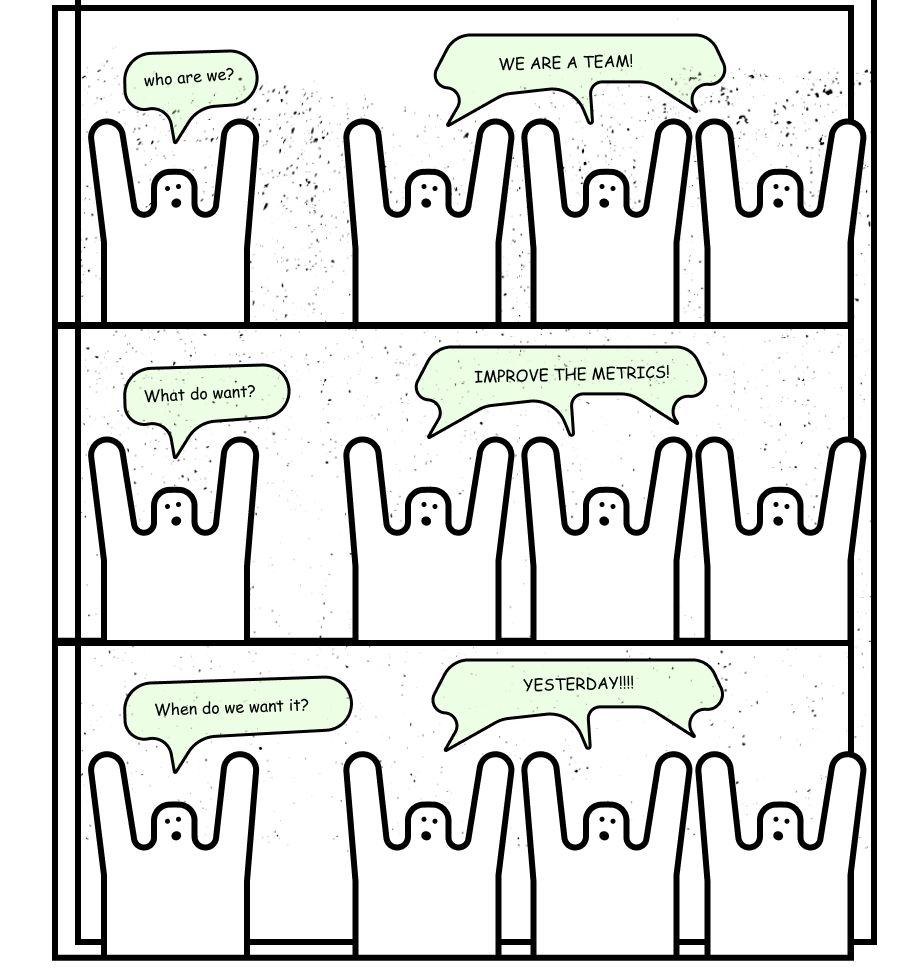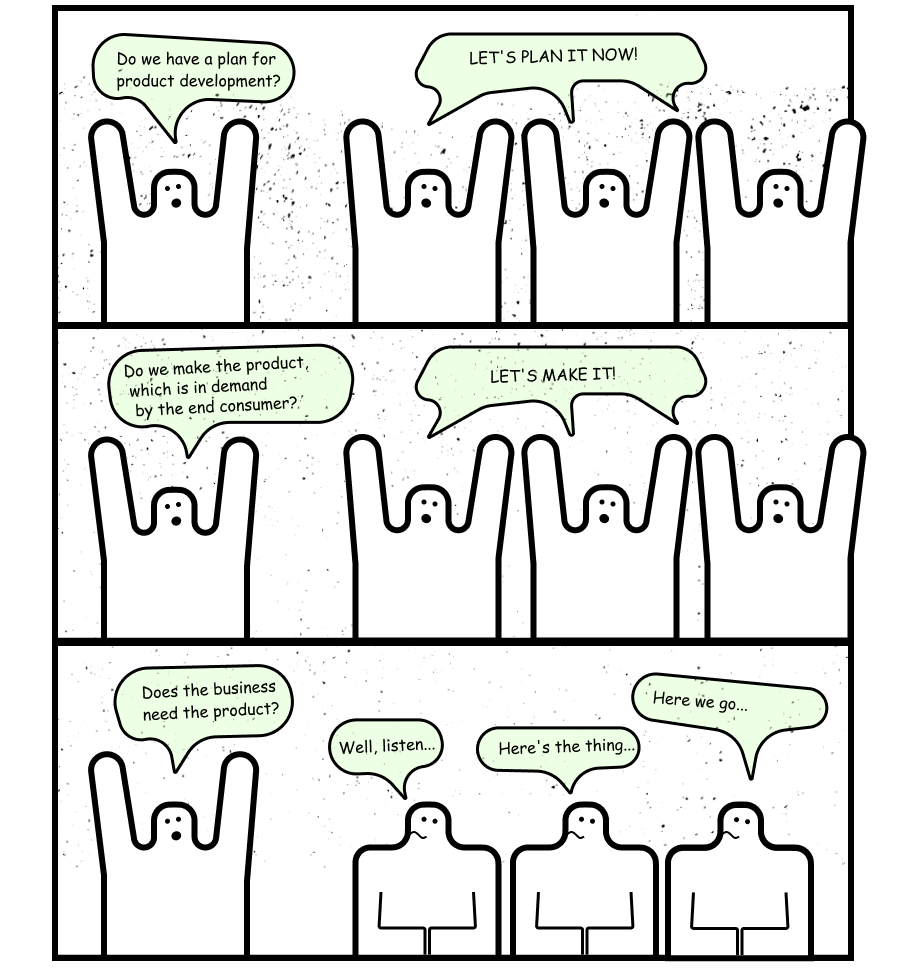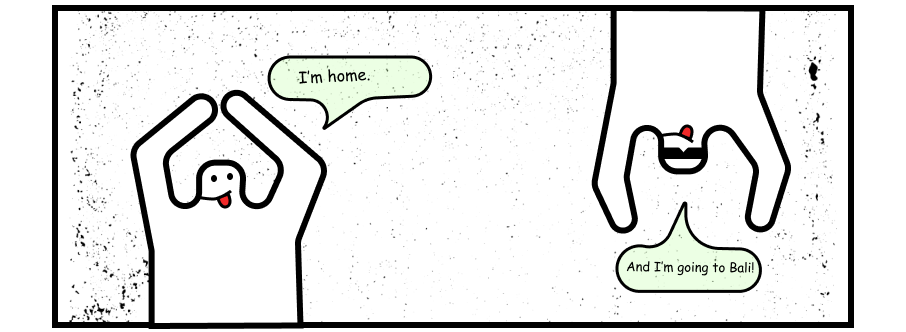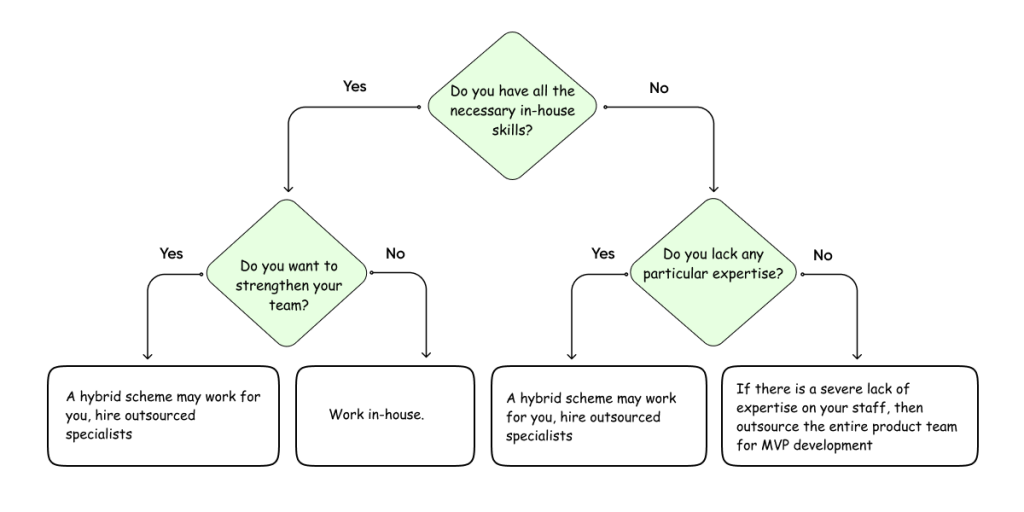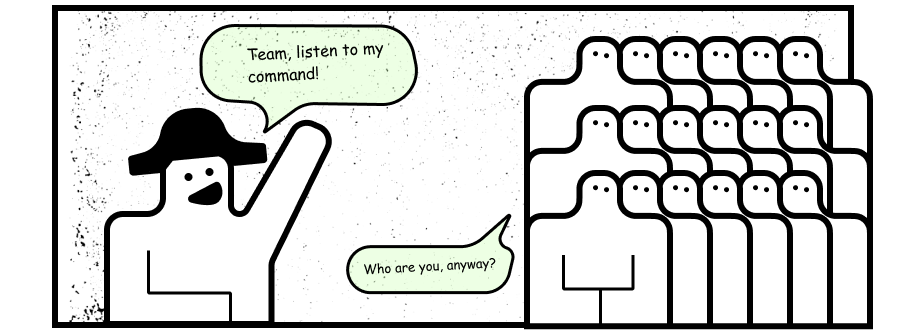For the last few years, product teams have been the talk of the digital industry. But if you google the term and follow the links, you won't find many articles on this topic. So, we offer a simple guide, based on our company’s 15 years of experience, which will help you figure out whether you need a product team or not, and if you do, where to get one.
What is a product team
The product team is the team that develops the product. In other words, its main goal is to improve metrics, understand the user's needs, and influence business performance. This is what makes it different from the design and functional teams that work with the specific client's requirements.
Product team features
About ten years ago, it wasn't product teams that were common but project teams. They made the product within a given time period precisely as the customer envisioned it. But over time, it became clear to businesses that sometimes you cannot tell at the start what the product is supposed to be. So, businesses began turning toward a product approach.
This is how the system in question came to be. If you want to calculate the benefits of a digital product and change it if necessary, you need to understand user behavior. Moreover, everyone working on the product has to understand this behavior. Here lies the difference, before, it was the business itself that determined what to sell and what not to sell. Now there are three parties in the process:
- business,
- users,
- a product team that plays for both business and users.
- it works on one product or on a part of it, without getting distracted by other products,
- the team is competent enough to make the product and then develop it,
- the work of the team can be predicted, it is measurable in time,
- this team is capable of and seeks to self-manage.
If you are unsure whether you need a product team, we offer step-by-step instructions that will help you answer this question.
Product team goals are product and business metrics. The project team's goals include launching and implementing the project on the required scale and within the right time frame. These goals affect the processes and the structure of the team. An important part of the project team is the delivery team. It delivers the features to the user. A couple of managers and a group of developers are enough. Two things should always be there in a product team: discovery and delivery. Meaning that first, you do research, confirm, reject, or look for hypotheses, and only then do you start developing. Just making a feature set without a hypothesis — this sounds like a functional team.
Decide if you need a product team
- Don't assemble a product team if you're working on a project that you aren't planning to turn into a digital product. Your website could be an online showcase for your potential customers to learn more about you and find your contacts, but it may not be integrated into your business processes. This product is hardly a project. A project has deadlines, and a product does not. Once you get the perfect solution for the site, you don't need to work on it anymore. You can update news and galleries, and support them technically, but there is no point in developing the site. So, the product team isn't needed yet. A project manager, designer, and programmer, who will clearly understand your tasks and implement them competently, are enough.
- If the idea of a digital product has not been confirmed through analytics and is still a hypothesis, then it is too early to assemble a product team. To test this hypothesis, you can use a corridor study and a panel survey, and you can also conduct a potential market analysis to see if creating a product is economically justified. You can also assemble a small growth team, which will quickly and simply develop a draft version of the product. You can test the demand for this kind of product. If the demand is confirmed, then there will be a reason to assemble a product team or outsource a cross-functional team.
- Conservative companies that are not used to quick point solutions also should not assemble product teams. If in your company edits, tasks, and priorities descend exclusively from above, and to agree on the changes the product should get approval on several levels, then there is no point in assembling a separate team.
- there is a plan for product development,
- you make a product that is in demand by the end consumer,
- business needs the product.
Decide who will be on the product team
You have decided that a product team is needed. Now you must decide who will be on it. You should start with what you have in mind for the product. Perhaps a programmer, a designer, and an analyst will be enough. Or maybe you will need dozens of people with different skill sets.
In any case, the product needs a manager — a product manager. It is they who will make the decisions and be responsible for the product, focusing on the needs of users, the business interests of the customer, and the preferences of the team itself. Sometimes more than one product team is involved. If you are working on a service with many different functions, then several teams will save you time. The faster you can develop a product, the more business benefits it brings. In some cases, when you need to implement a new product functionality in a short time, you can outsource. There is no need to increase the stuff if it is about minor features or some ideas.
Product teams get a request on the input, a user or a business problem. Their key task is to find the best solution for the problem and only then implement it. And project teams receive specific requirements at the input, their task and core competence is to implement these requirements to good quality and on time. Sometimes even the way of implementation is already indicated in the initial requirements. Another significant difference is the team leader. The product team is led by the product manager, who looks for optimal solutions, balancing the interests of the business and the end user. Project teams are led by the project manager, who balances the classic triangle of time-quality-cost.
Choose who to work with: in-house or outsource
The in-house team is your staff. The outsourced team is employed not by you but, for example, by a company that does digital development. Both options are fine, you have to choose the one that suits you.
- If you already have all the necessary specialists on your staff and they are experts in all areas necessary for the implementation of the product, then you need to work in-house.
- If you lack some expertise, consider outsourcing. It takes a long time and costs quite a bit to find and hire an employee. If you don't have in-house expertise, you risk facing several problems when you want to try and hire such an expert on staff such as:
— the responsibility for the choice lies on you,
— the risks of hiring an incompetent or wrong person are also on you,
— the time specialists spend searching and interviewing, and the overall lead time/immersion of a person always has a negative impact on the product, and therefore on the business.
When working with outsourcing companies, there are also risks and responsibilities, but at least the agency shares them with you and gives guarantees for their work. But the time spent searching for and removing an incompetent one with a pumped-up soft-skills specialist, who is hard to fire, is lost for good.
A scheme where some members of the product team work on staff and some are employed by another company is called a hybrid scheme. It also works great when the team needs to be reinforced quickly in some emergency situation. For instance:
— if your business rivals are on your heels,
— if market conditions are changing, and you need to introduce more new features or change the direction of product development,
— if event-driven factors that require launching a major functionality in a short period of time affect it.
- If you have no experts on staff, then it is better to outsource the team completely. In this case, the team will take over the initial phase of the product, and if the product turns out to be a success, you can hire in-house experts to develop the product independently or together with external specialists. These are the advantages of this approach:
— you can take a thorough approach to hiring specialists, while the outsourcing team is working on the product — the product is under development, although the necessary experts have not been found yet,
— you can bring in a product team for interviews and selection, i.e., use expertise in hiring, which will significantly reduce the risks of hiring incompetent people,
— the outsourced team will set up all the processes in both development and product management, and the in-house team will simply take them over.
When choosing an outsourced team, make sure to learn more about it. A company that will help you should not only talk about its victories but also about its failures. This is the most useful information for the customer: first, it shows that the team is not afraid of mistakes and difficulties, and second, it demonstrates how easily and efficiently the team finds a way out of a difficult situation
Think about the number of teams you need
Some products are so big that they require several teams to work on them. If you have decided to split the project into parts, you have to consider the risks.
First of all, the communication costs. The more teams involved in creating the product, the more there will be meetings and correspondence, which allow for the quick flow of information from one team to another. If there is one big team working on the product, these costs will be less severe. But at the same time, a single team is harder to manage — large teams are difficult to self-organize.
If all teams are well organized, then all of them will be reviewing the work of the others.
When deciding on the number of teams to work on a product, you should also consider the following factors:
- There are two types of teams: discovery teams (growth teams) and core teams. The discovery team deals with the development and testing of new features and is responsible for the development and testing of hypotheses. The core team maintains the product: makes sure everything works 24/7/365, solves emergencies, takes measures to prevent them in the future, and also introduces new features, already proven by the discovery team, as well as develops old ones.
- Each team on the project should have its own area of responsibility. These areas better not overlap, or overlap minimally. For example, have one team which is responsible for design and the other for development. That is better than having them both make layouts or write code. But if there is no way to avoid overlap completely, it is important to formalize the tasks: make it clear who accepts features from whom and who is responsible for what part of the work.
Think through your interaction with the team
With a product approach, the customer does not give the team clear step-by-step requirements specifications, but a request, a problem, or/and a goal. The team's job is to solve a problem or achieve a goal.
Today, most approaches have a product team working in sprints — time slots lasting one to four weeks. They usually result in a meeting called «sprint review.» At these meetings, the team and business representatives discuss progress and adjust the backlog.
Also, everyone who works on the project attends retrospective meetings — meetings on the results of sprints, where the team analyzes their mistakes and ways to solve them. It is also necessary to record progress and how it has been achieved to repeat it. Although these meetings are aimed mostly at team members, you can also take part if you want. What's important is that all participants are treated as equals and nobody is afraid to speak their mind.
With that being said, almost any product team meets every day at daily meetings. It's a quick meeting on day-to-day issues, where everyone shares their plans for the day or is given new tasks to do. The customer or its representatives do not have to go to these meetings.
Summary
The product team is not the only way to work on a product. However, it has been proven that this approach is highly effective. It is the product teams that have created the most successful and biggest products in digital in recent years.
In this article, we have compiled some basic steps to take if you do decide to create and develop your own product. Here is a summary of what you have just read:
- not every project can be considered a product,
- not everyone and not always needs a product team,
- the structure of the product team is determined by the product,
- outsourced teams can save you money, effort, and also your peace of mind,
- working in a product team allows you to consider the needs of users and businesses in the end product.
